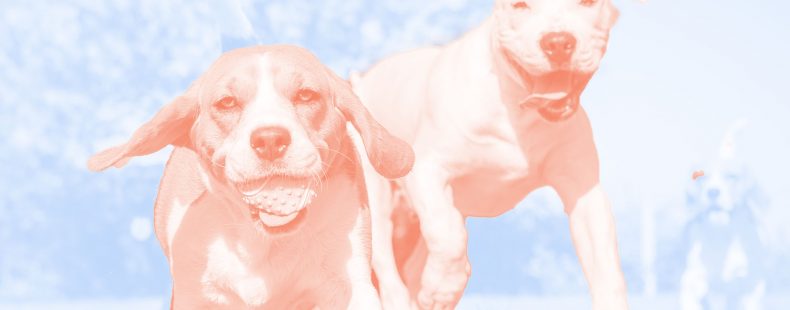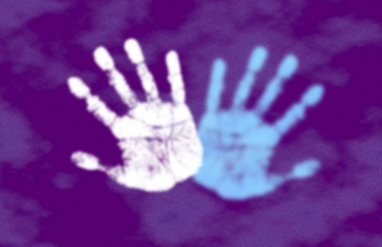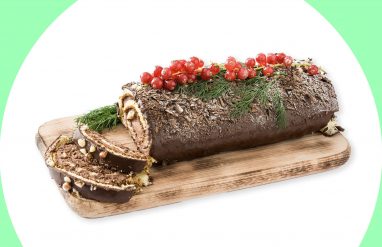From show dogs to service dogs to lazy household pets, let’s hear it for “man’s best friends”—the loyal Canis familiaris, or the domestic dog.
The word dog itself is very old. It was first recorded before the year 1050, and its origins are uncertain. In contrast, the origins of the word puppy, meaning “a young dog,” can be traced all the way back to the Latin pūpa, “doll.” According to the Oxford English Dictionary, the earliest use of puppy in English was in the sense of a “small dog used as a lady’s pet.”
We are honoring pupperinos of all shapes and sizes with some of our favorite doggy terminology. And did you know? Dogs have their own official day too: International Dog Day on August 26.
Learn more about the perplexing origins of the word dog.





























